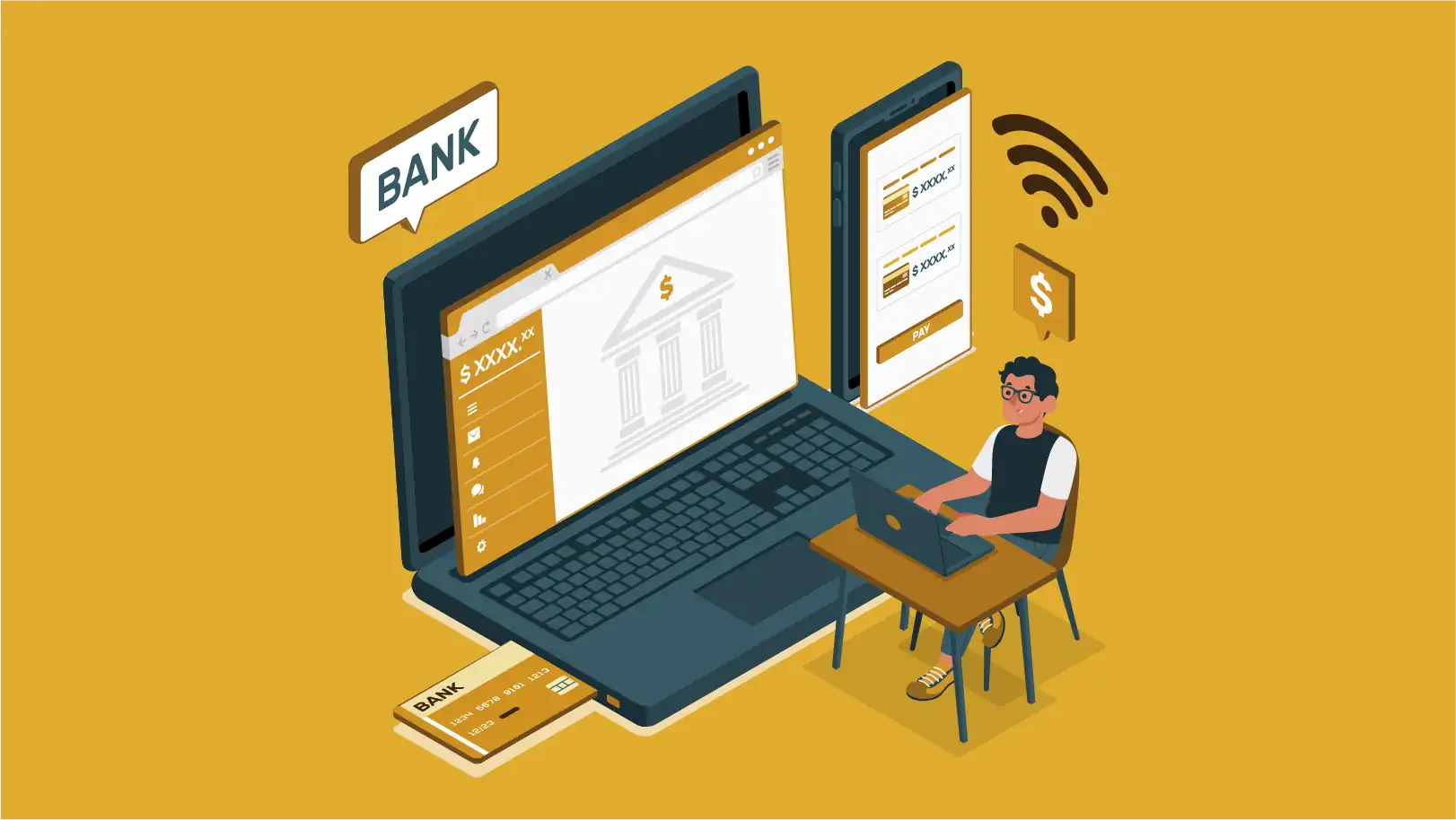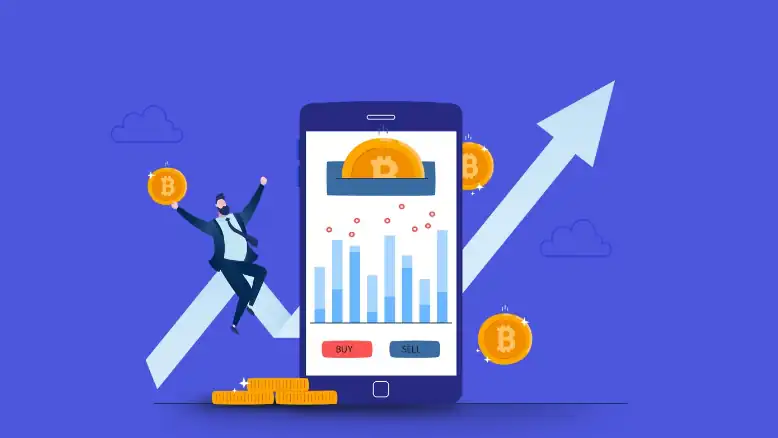
Decentralized finance (DeFi), slippage happens when the price of a trade changes between when you place it and when it’s completed. This can be frustrating, especially in fast-moving markets. Here are seven simple ways to reduce slippage and improve your trading experience.
What is Slippage in DeFi?
Slippage in defi (decentralized finance) refers to the difference between the expected price of a trade and the actual price at which the trade is executed. This typically happens during high volatility or low liquidity situations. In simple terms, if you place an order to buy or sell a token, slippage is the amount by which the final price deviates from the price you saw when you placed the order. For example, if you wanted to buy a token at $10 but ended up buying it at $10.50, the extra $0.50 is considered slippage. This can occur on any trading platform, but it’s particularly prominent in decentralized exchanges (DEXs) due to their nature.
DeFi Token Development Help with Slippage
Defi token development, understanding slippage is crucial Developers can implement features to minimize slippage, enhancing the trading experience and ensuring that users get the best possible price for their trades. By optimizing smart contracts and integrating slippage management tools, developers can help users avoid unexpected costs and improve overall market efficiency. One common approach is to set up slippage tolerance parameters within the token’s smart contract. This allows users to define the maximum acceptable slippage for their trades, helping to prevent transactions from going through at unfavorable prices.
Example of Slippage in DeFi Platforms
Imagine you are trading on a decentralized exchange like uniswap or sushiSwap. You want to swap 100 tokens for another token, but due to the current liquidity conditions and market volatility, the price changes before your transaction is completed. If the market price was $1 per token when you placed the order but jumps to $1.20 by the time your transaction is processed, you would experience slippage. Your 100 tokens that you thought would give you 100 of the other token may now only give you around 83.33 tokens, reflecting the increased price due to slippage.
7 Simple Ways to Reduce Slippage in DeFi
Reducing slippage in defi can help you secure better trading outcomes and minimize unexpected costs. Here are seven straightforward strategies to achieve this:
-
Increase Liquidity
Higher liquidity means there are more assets available in the pool, which helps to maintain stable prices and reduces the impact of your trade on the market. If you frequently trade a particular pair, consider adding liquidity to the pool. By providing liquidity, you contribute to the pool’s depth and stability, which can reduce slippage for all traders.
-
Use Limit Orders
Limit orders allow you to set a specific price at which you want to buy or sell. This avoids executing trades at unfavorable prices that might occur with market orders. Instead of placing a market order, set a limit order specifying the exact price you’re willing to trade at. The order will only execute when the price reaches your set level.
-
Adjust Slippage Tolerance Settings
Most DeFi platforms allow you to set a slippage tolerance percentage. Setting this too high can result in executing trades at worse prices, while setting it too low can lead to failed transactions if the market price moves. Access the slippage tolerance settings on your DeFi platform and set a tolerance level that balances between minimizing slippage and ensuring that your transactions are processed.
-
Trade During Low Volatility Periods
Slippage is often higher during periods of high market volatility. Trading during calmer periods can help you get more stable prices. Monitor market conditions and try to execute trades when there is lower volatility. This is often during off-peak hours or when market news is less likely to cause significant price fluctuations.
-
Monitor Market Depth
Market depth shows the amount of liquidity available at different price levels. A deeper market can handle larger trades without significant price changes, reducing slippage. Before placing a trade, check the market depth chart on your DeFi platform to see how much liquidity is available. This helps you gauge the potential impact of your trade on the market price.
-
Utilize Automated Market Makers (AMMs)
AMMs are designed to provide more stable and efficient trading by using algorithms to determine prices and facilitate trades, often resulting in lower slippage. Use DeFi platforms that employ advanced AMMs to trade. These platforms often route your trade through multiple liquidity sources to find the best available price and reduce slippage.
-
Optimize Token Swaps
Token swaps that route trades through multiple liquidity sources can find better prices and reduce slippage. Use platforms or services that offer optimized token swaps. These services analyze various liquidity pools and find the best routes for your trades, ensuring you get the best price with minimal slippage.
Purpose of Slippage in DeFi Platforms
The primary purpose of slippage in defi consulting solutions is to help trades happen smoothly in a decentralized environment. Since these platforms don’t have a central authority, slippage happens naturally due to supply and demand changes. It ensures that trades can still go through, even if market prices fluctuate.
Slippage also plays an important role in DeFi Composability, allowing different DeFi apps and protocols to work together seamlessly. While it might seem like a drawback, slippage is necessary to keep DeFi platforms functional and liquid.
For example, if you want to buy a token and the price goes up a bit while your trade is being processed, slippage allows your trade to still go through at the new price. This means your trade won’t fail just because of small price changes, making the trading process smoother and more reliable.
Why Choose Nadcab Labs to Reduce Slippage in Your DeFi Trades
Choosing Nadcab Labs to reduce slippage in your DeFi trades is a smart move because they have the expertise to improve your trading experience. Nadcab Labs specializes in optimizing defi platforms, ensuring that your trades are executed as smoothly as possible. They can help you set up smart contracts and tools that manage slippage better, so you get closer to the expected price for your trades. By using their advanced solutions, you can minimize unexpected price changes and make your trading more efficient. Nadcab Labs provides the support and technology needed to handle slippage effectively, helping you get the most out of your DeFi transactions.





